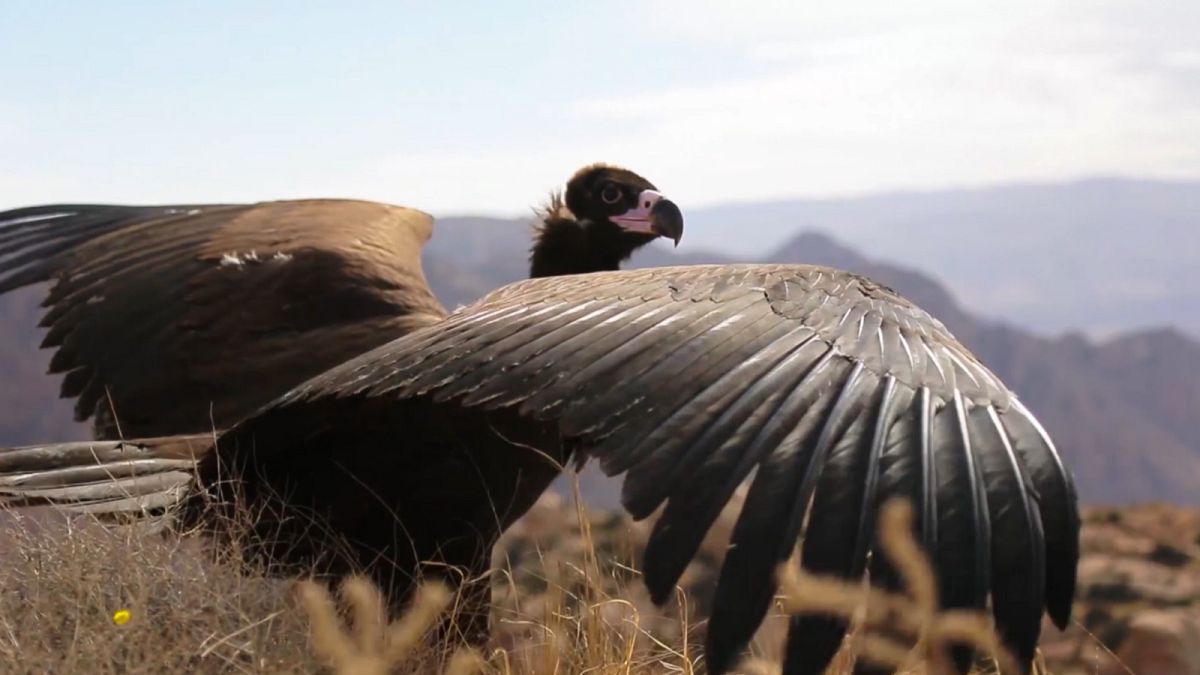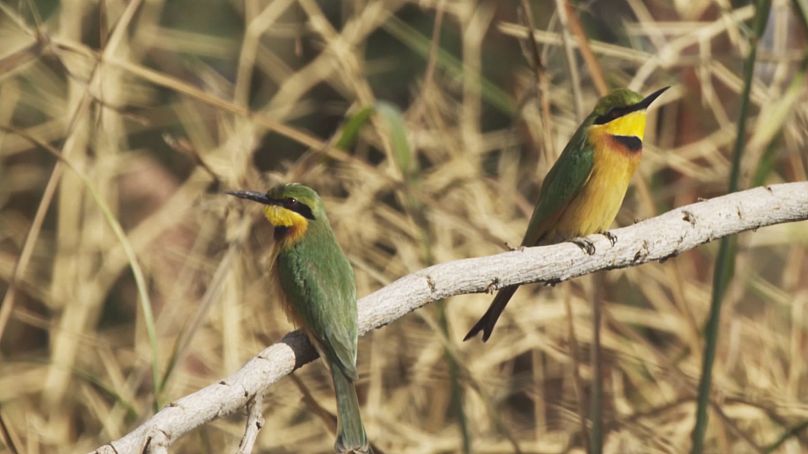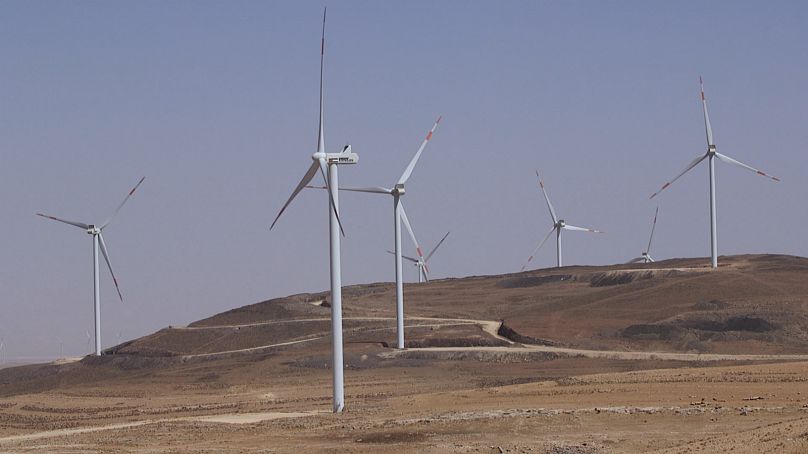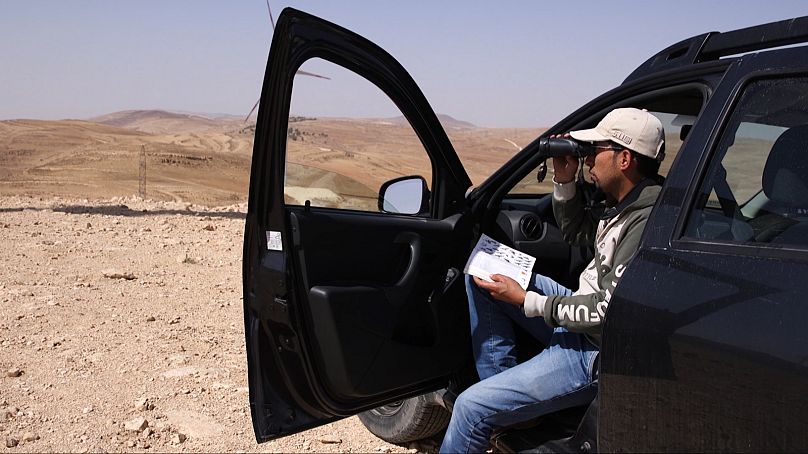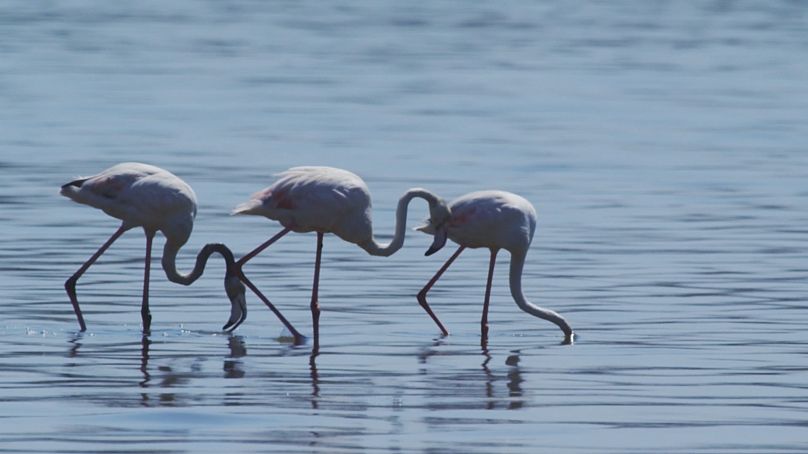According to the Royal Society for the Protection of Birds, every spring and autumn, more than 500 billion birds fly through the Middle East and North Africa, to breed or escape the winter months.
According to the Royal Society for the Protection of Birds, every spring and autumn, more than 500 billion birds fly through the Middle East and North Africa, to breed or escape the winter months.
Jordan, located at the crossroads of Europe, Asia and Africa, is a popular stop-off point.
Migration can be a perilous part of a bird’s life cycle, with illegal killings, industrial development and climate change threatening their survival.
Scientists at BirdLife International in Jordan, have noticed changes in the migratory patterns of birds which may hamper their chances of a long life.
Rising temperatures, plus the destruction of their homes and food sources, can also cause many birds to migrate early on empty stomachs.
Bird watching-out
Jordan’s government has plans to slash primary energy consumption by 20% by 2020.
Measures to reach this goal include building wind farms along the southern mountainous region of Tafilah, which happens to be one of the main flyways for migrating birds.
In order to safeguard their transit, and ensure clean energy production, a monitoring system has been put in place.
Malik Awaji is a bird observer for Eco Consult, a renewable energy advisory in Jordan. He watches the skies to try and prevent birds from colliding with power lines and wind turbines.
“The first thing you have to know is how to identify the bird, the species; the distance between the locations, the turbines, between you and the bird - and then how to call the team to stop the turbines.”
Laith El Moghrabi, an ecological research manager at Eco Consult, designed a monitoring technique for heavy bird traffic, expanding upon Scottish guidelines for bird protection.
He’s keen to share knowledge with experts in regional countries from Lebanon to Saudi Arabia and the UAE, to bolster conservation efforts.
He believes that flocking together with scientists from other countries is vital to the future protection of all birds.
“Coordination, to ensure the safety of those birds is really critical,” he says. “Sometimes, we are in contact with different countries that have [GPS] tagged birds. When they know that they are coming through into Jordan, or coming too close to one of our wind farms, we get notified.”
Second wind
The Dana Biosphere Reserve is Jordan’s largest nature reserve and covers more than 300 square kilometres of mountains and ravines, in the Great Rift Valley.
The natural environment is home to a variety of species, including the endangered cinereous vulture, a distinctive broad-winged raptor, which is one of the world’s heaviest flying birds.
Tareq Qaneer, a senior bird researcher at the Royal Society for The Conservation of Nature in Jordan, rehabilitated one of these Eurasian vultures which had suffered an injury.
A year later, and fitted with a tracker, the bird of prey was released to continue its homeward journey. The information collected from the transitory animal will assist the society with future projects.
“We hope that the birds can manage to survive as long as possible, to resist the challenges in the wild and provide us with data about the migration, distribution ranges and challenges,” says Qaneer. “This will allow us to produce scientific-based conservation plans with our colleagues and partners in the region.”
For as long as Jordan remains a vital migratory corridor for birds, Qaneer says that he’ll strive to protect and preserve as many bird species as possible.
SEEN ON SOCIAL MEDIA: PROTECTING BIRDS
Conservation photographer Watter wants to save migratory birds in Egypt.
